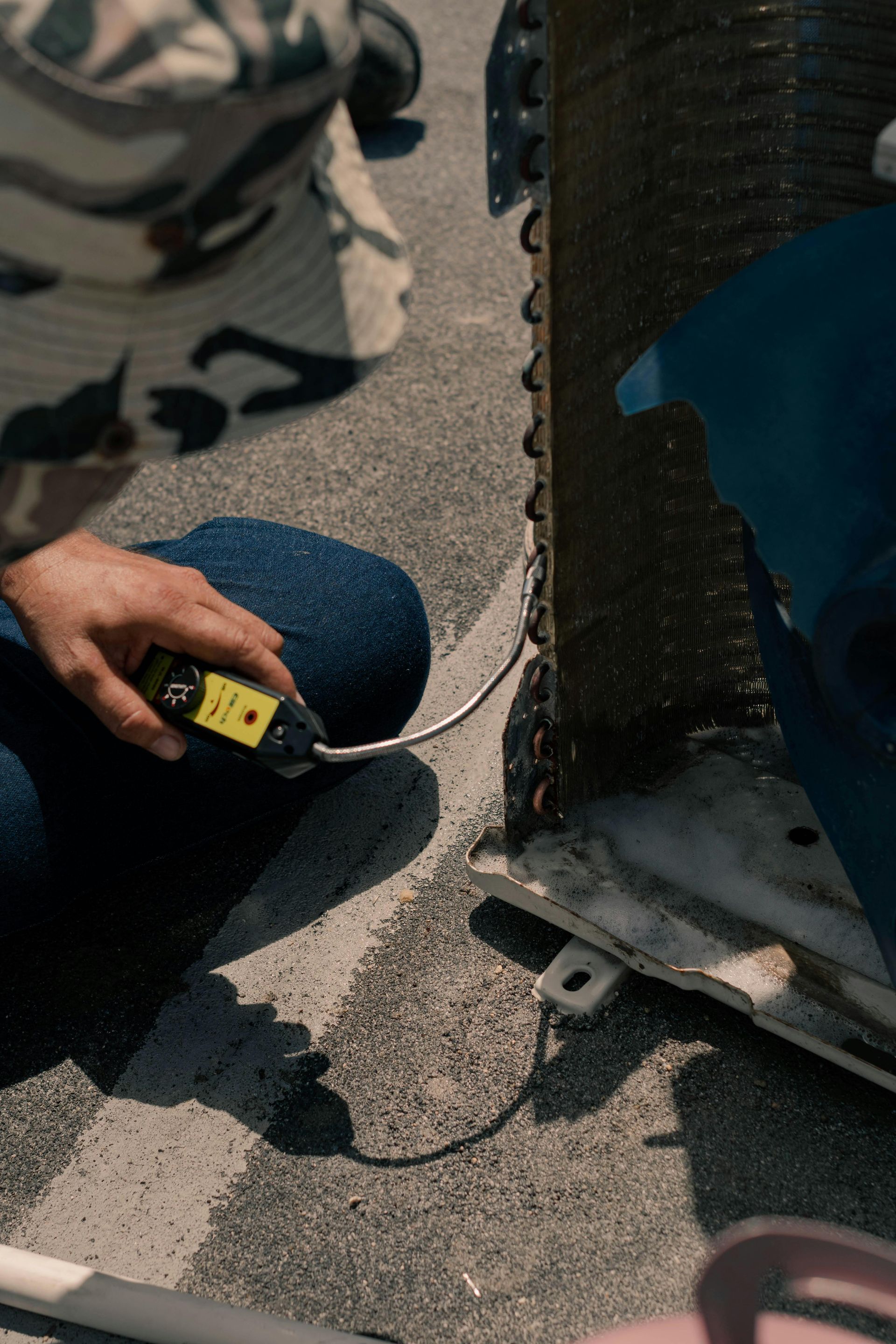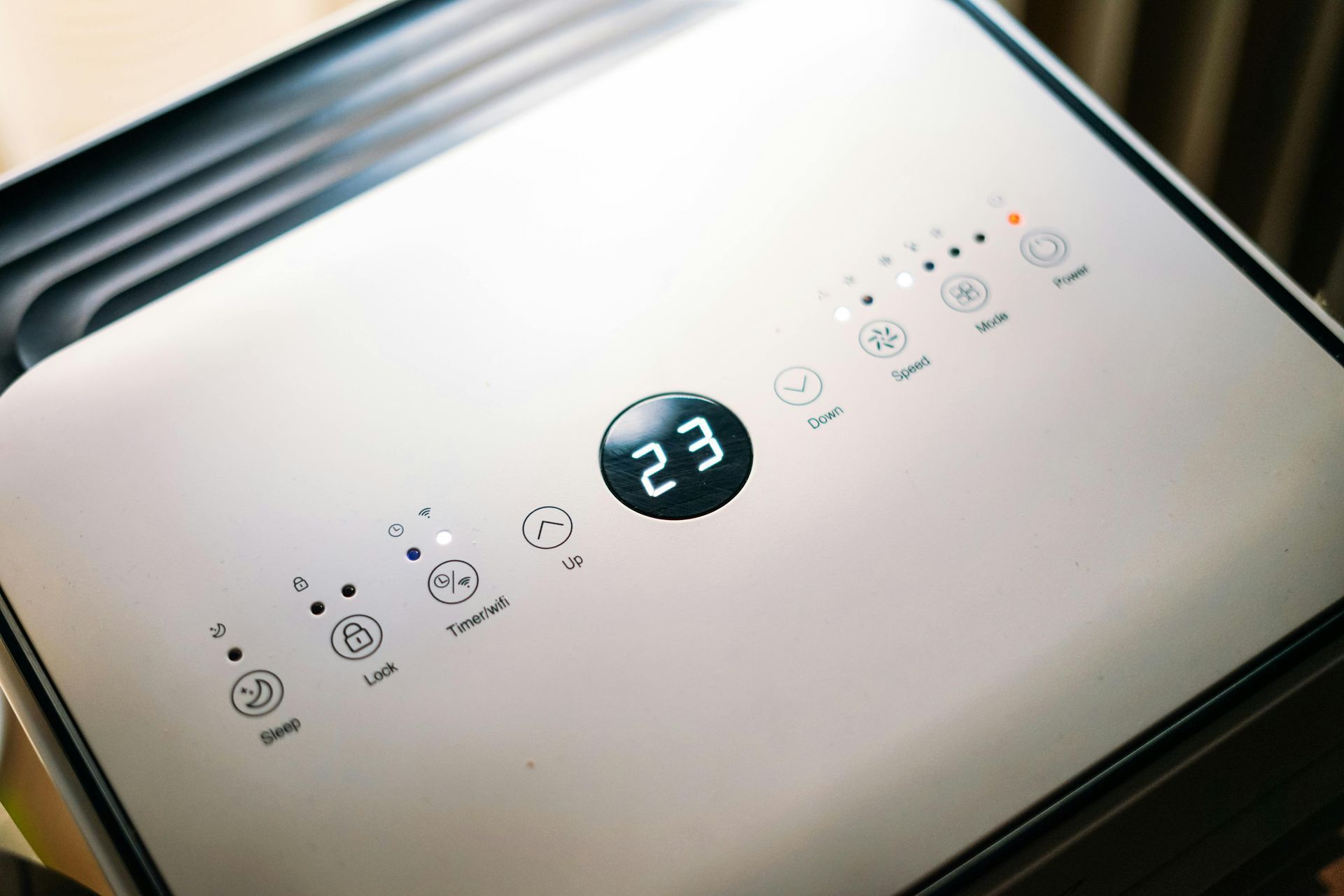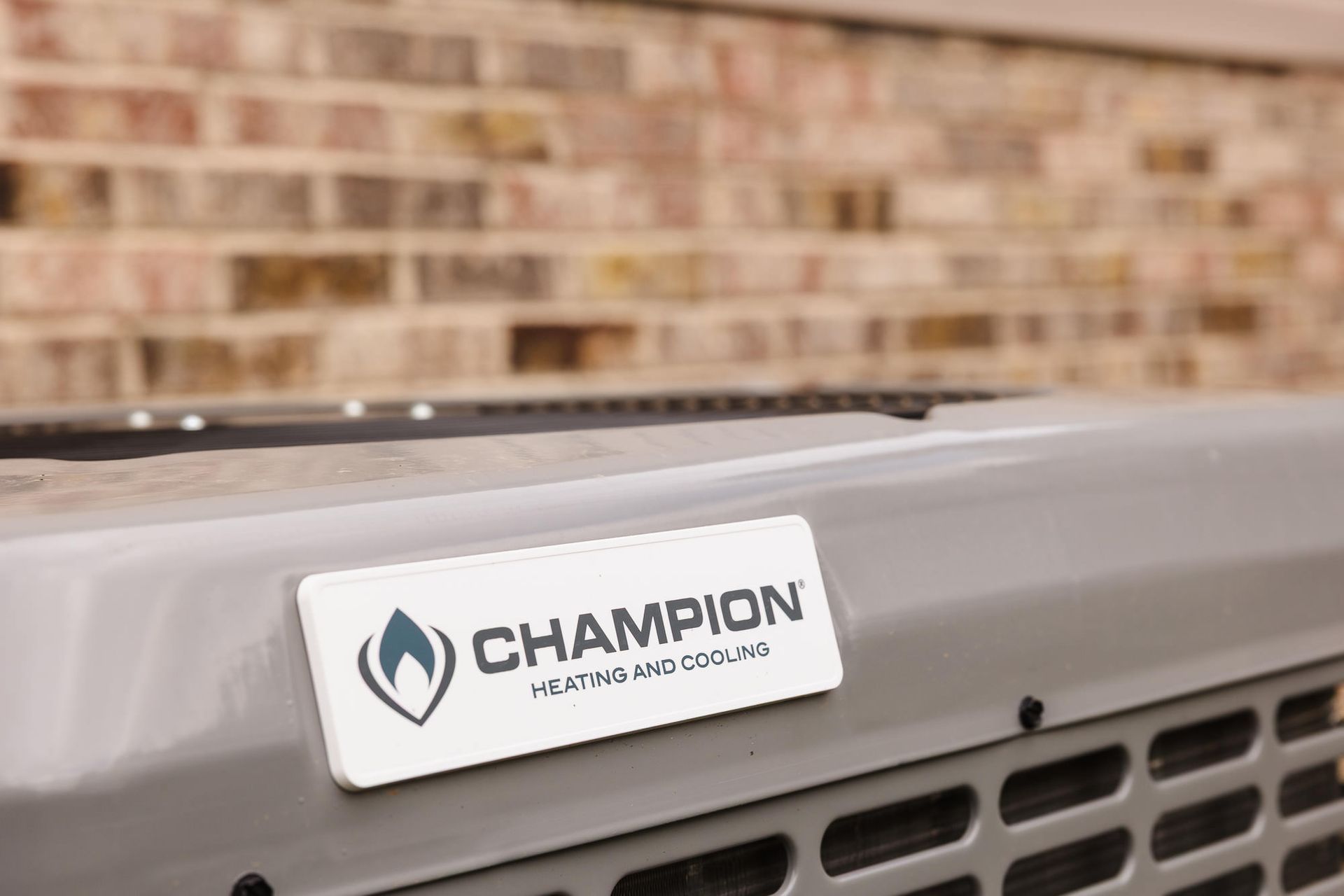HVAC Replacement vs Repair: Which Is Best for Your Staunton Home or Business?
HVAC Replacement vs Repair: Which Is Best for Your Staunton Home or Business?
Deciding between repairing an aging HVAC system or investing in a full replacement can save thousands of dollars over the lifetime of your equipment while ensuring consistent comfort, energy efficiency, and indoor air quality. This article offers a step-by-step guide to evaluating system lifespan, identifying warning signs, comparing costs, understanding long-term benefits of new equipment, and making an informed choice tailored to Staunton’s climate. You’ll learn how repair expenses stack up against replacement investments, explore energy-saving advantages of modern units, follow a decision checklist, and discover how Integrity Air Solutions supports local homeowners and businesses with trusted service options.
How Long Does an HVAC System Last in Staunton?
An HVAC system typically operates effectively for 15–25 years before performance degrades, and replacing it at the right time reduces energy waste and unexpected breakdowns. Years of humidity and heavy seasonal use in Staunton heighten wear on compressors, coils, and controls, making lifespan a critical factor when deciding between repair and replacement.
Below is a detailed breakdown of expected service life for common HVAC equipment:
| Entity | Attribute | Value |
|---|---|---|
| Air Conditioner | Average Lifespan | 10–15 Years |
| Furnace | Average Lifespan | 15–20 Years |
| Heat Pump | Average Lifespan | 10–15 Years |
These benchmarks reflect typical usage patterns and regional humidity levels in Staunton, setting the stage for recognizing when maintenance or replacement is most cost-effective.
HVAC System Lifespan
The lifespan of an HVAC system is a crucial factor in deciding between repair and replacement. Air conditioners and heat pumps typically last 10-15 years, while furnaces can last 15-20 years. Regular maintenance can extend the life of these systems.
Energy Star, "Heating and Cooling"
This source provides benchmarks for HVAC system lifespans, which are essential for making informed decisions about repair versus replacement.
What Is the Average Lifespan of Air Conditioners, Furnaces, and Heat Pumps?
Central air conditioners and heat pumps generally last 10–15 years, while gas furnaces often endure 15–20 years thanks to fewer moving parts. Units that receive regular preventive maintenance can extend service life by 1–3 years, underscoring the value of scheduled tune-ups.
Which Factors Affect HVAC Lifespan in Staunton’s Climate?
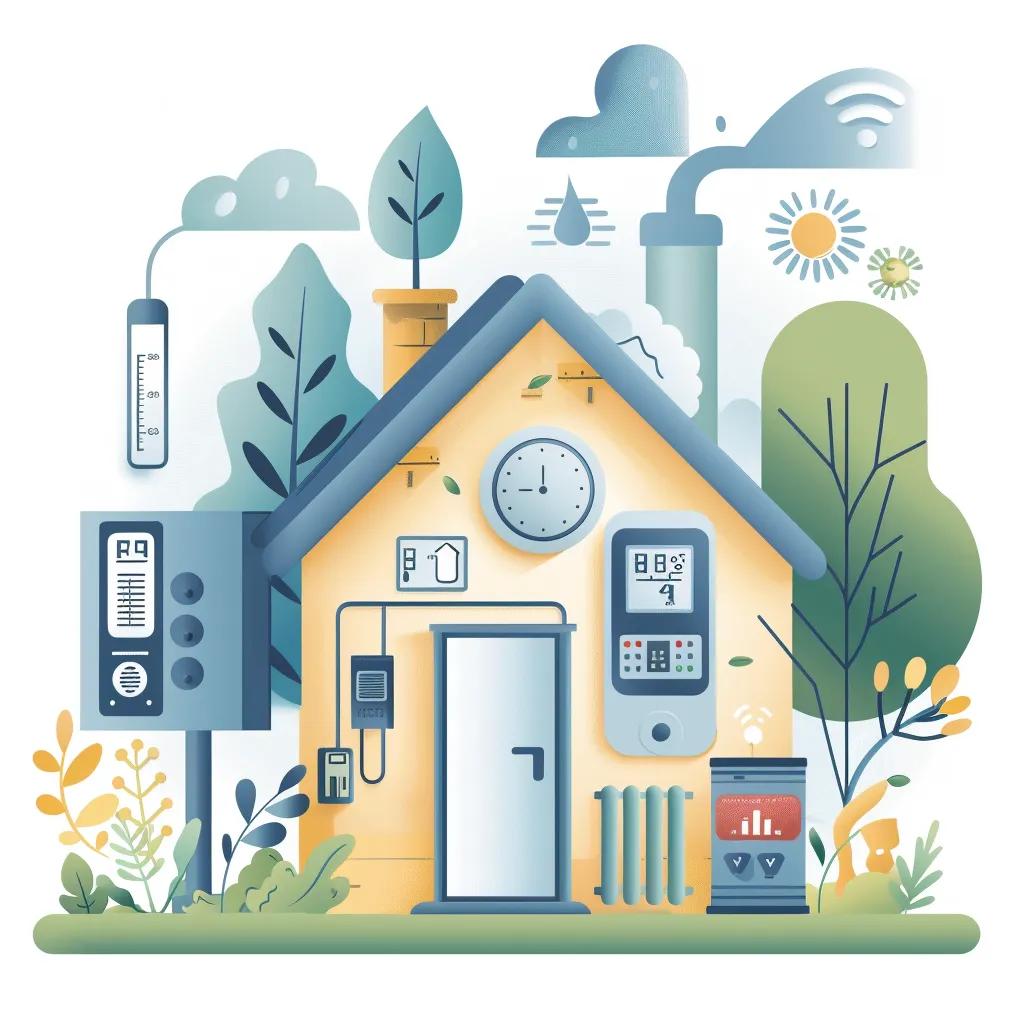
- High Humidity Levels that accelerate corrosion of coils and electrical contacts
- Year-Round Climate Control Demands increasing compressor and blower motor runtime
- Air Quality Concerns from pollen and particulates that stress filters and fans
Enhanced corrosion protection and frequent filter changes help mitigate these impacts, leading into how maintenance extends lifespan.
How Can Regular Maintenance Extend Your HVAC System’s Life?
- Cleaning or replacing filters to reduce airflow restrictions.
- Inspecting refrigerant levels and checking for leaks.
- Lubricating moving parts to minimize friction wear.
- Verifying thermostat calibration for balanced operation.
- Tightening electrical connections to prevent malfunctions.
By scheduling biannual tune-ups, homeowners and businesses can prevent premature failure and defer replacement costs.
What Are the Key Signs Your HVAC Needs Repair or Replacement?
When your HVAC system struggles to maintain comfort levels, it signals an approaching crossroads between continued repairs and full replacement. Recognizing these symptoms early prevents costly emergency breakdowns.
How Do Frequent Breakdowns Indicate the Need for Replacement?
Systems requiring multiple service calls in a single season often suffer from worn compressors or control failures that score high on repair frequency. Frequent breakdowns drive up annual repair budgets and suggest core components are at the end of their effective life.
What Does Rising Energy Bills Reveal About Your HVAC System?
An HVAC unit operating at declining efficiency forces the compressor and blower to run longer, pushing monthly electric costs upward. A steady increase of 10–20% in energy bills without a change in usage pattern often indicates significant efficiency loss.
How Do Strange Noises and Odors Signal HVAC Problems?
Unusual sounds and smells point directly to component issues:
- Grinding or screeching indicates worn bearings or misaligned belts.
- Hissing or bubbling suggests refrigerant leaks or valve malfunctions.
- Musty or burning odors reveal mold growth in ductwork or electrical overheating.
These audible and olfactory cues highlight mechanical distress that may warrant replacement.
Why Is the Phase-Out of R-22 Refrigerant Important for Repair Decisions?
R-22 refrigerant is no longer manufactured, making leak repairs costly and less environmentally sound. Modern systems use R-410A or low-GWP alternatives that maintain efficiency and comply with current regulations, supporting a replacement strategy in many cases.
How Do Repair Costs Compare to Replacement Costs in Staunton?
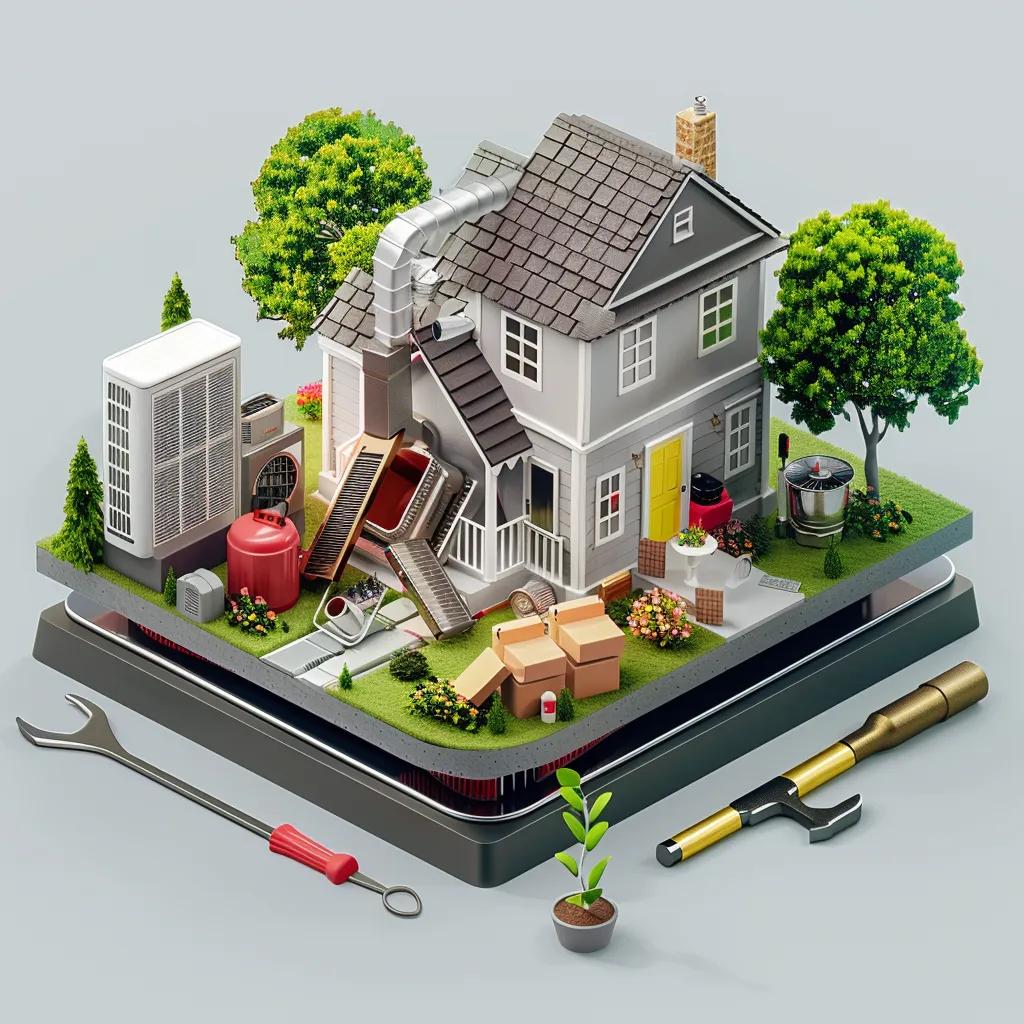
Balancing immediate repair expenses against long-term replacement investments ensures you choose the most economical path over the system’s life cycle.
| Entity | Attribute | Value |
|---|---|---|
| HVAC Repair | Typical Cost Range | $130–$2,000 |
| New System Install | Average Total Investment | $7,500–$12,500 |
This comparison highlights when cumulative repairs approach the price of a new installation, laying groundwork for cost-based decision rules.
What Are Typical HVAC Repair Costs for Common Issues?
Common repair costs vary by component:
- Compressor Replacement: $1,350–$2,300
- Coil Repair or Replacement: $500–$1,200
- Thermostat and Control Board Service: $100–$400
How Much Does a Full HVAC Replacement Cost in Staunton?
Installing a new high-efficiency HVAC system for a 2,000–2,500 sq ft home typically ranges from $7,500 to $12,500, depending on unit type, installation complexity, and ductwork condition.
What Is the 50 Percent Rule and How Does It Guide Your Decision?
The 50 Percent Rule
The 50 Percent Rule is a guideline for determining when to replace an HVAC system. If the cost of a repair exceeds 50% of the cost of a new system, replacement is often the more economical choice.
U.S. Department of Energy, "Home Heating and Cooling"
This citation supports the article's discussion of the 50% rule, providing a credible source for this decision-making guideline.
How Does the $5,000 Rule Help Decide Between Repair and Replacement?
The $5,000 Rule multiplies unit age by estimated repair costs; if the result exceeds $5,000, replacement is recommended. This formula accounts for both ongoing maintenance risks and the diminishing returns of extensive repairs on older equipment.
What Are the Benefits of Installing a New Energy-Efficient HVAC System?
A modern HVAC system enhances comfort, lowers operating expenses, and boosts property value through advanced features and improved environmental performance.
- Reduced Energy Consumption – Higher SEER and AFUE ratings translate directly into monthly savings.
- Improved Indoor Air Quality – Enhanced filtration and humidity control promote healthier spaces.
- Increased Property Value – Energy-efficient upgrades attract buyers and may qualify for tax incentives.
- Lower Environmental Impact – New refrigerants and optimized performance reduce greenhouse gas emissions.
These advantages reinforce why replacement can represent both a financial and lifestyle upgrade.
How Can a New HVAC System Reduce Your Energy Bills?
Enhanced compressor design and variable-speed blower motors adjust output precisely, reducing cycling losses and cutting annual energy consumption by up to 20–30 percent compared to older units.
In What Ways Does a New System Improve Indoor Air Quality?
High-MERV filters, UV-C germicidal lights, and precise humidity control inhibit mold growth and capture fine particulates, providing cleaner air for occupants with allergies or respiratory concerns.
How Does HVAC Replacement Increase Your Home or Business Value?
Buyers place a premium on properties with recent system installations and documented warranties, often recouping 70–80 percent of upgrade costs at sale, while commercial tenants appreciate reduced operational disruptions.
What Environmental Benefits Come with Modern HVAC Systems?
Units using R-410A or low-GWP refrigerants eliminate reliance on phased-out chemicals, and high-efficiency operation lowers carbon footprint, aligning with sustainability goals and potential rebate programs.
How Can Staunton Homeowners and Business Owners Make the Right HVAC Decision?
Navigating repair versus replacement requires a structured approach that weighs system age, performance, costs, and comfort priorities.
What Checklist Should You Use to Decide Repair vs Replacement?
- Confirm system age and compare to typical lifespan benchmarks.
- Tally repair expenses from the past 12–24 months.
- Review recent energy bills for efficiency trends.
- Inspect refrigerant type and regulatory compliance.
- Assess comfort consistency in all living or working zones.
This sequence ensures a balanced evaluation before committing to repair or replacement.
When Should You Consult a Professional HVAC Technician?
Engage a certified technician when warning signs—such as frequent failures, uneven temperature control, or high utility bills—persist despite basic maintenance, ensuring expert diagnosis and safety compliance.
What Local HVAC Replacement Services Are Available in Staunton?
Integrity Air Solutions offers comprehensive services including system assessment, equipment selection, professional installation, and post-installation support to ensure peak performance and customer satisfaction.
Are There Financing or Incentive Options for HVAC Replacement in Staunton?
Local utility rebates, state tax credits, and flexible financing plans are often available to offset upgrade costs and improve project affordability, helping customers budget for efficient system installations.
What Are Common Frequently Asked Questions About HVAC Repair vs Replacement?
Below are key topics homeowners and business owners often consider when choosing between repair and replacement:
- Recognizing the 50 Percent Rule to guide economic decisions
- Evaluating whether a 15-year-old unit justifies repair costs
- Planning timelines for system replacement after final repairs
- Assessing how emergency breakdowns accelerate replacement needs
Understanding these points streamlines the decision process and reinforces when replacement offers superior long-term value.
How Does Integrity Air Solutions Support Staunton Customers With HVAC Repair and Replacement?
Integrity Air Solutions combines local expertise, transparent pricing, and customer-focused service to address every aspect of HVAC care from routine tune-ups to full system overhauls.
What Makes Integrity Air Solutions a Trusted HVAC Provider in Staunton?
- Decades of combined technician experience and factory-trained certifications
- Commitment to clear communication, upfront estimates, and on-time service
- Use of industry-leading equipment brands and environmentally friendly refrigerants
- 100 percent satisfaction guarantee on repairs and installations
How Do Customer Testimonials Reflect Successful Repair and Replacement Outcomes?
Clients frequently report immediate comfort improvements, noticeable energy bill reductions, and long-term confidence in system reliability following service engagements, highlighting the company’s attention to quality and follow-through.
What Emergency HVAC Services Are Offered Locally?
Integrity Air Solutions provides 24/7 emergency response for critical breakdowns, ensuring rapid diagnosis, temporary fixes, and scheduled replacements to minimize downtime and discomfort.
How Can You Schedule a Professional HVAC Assessment in Staunton?
Contact the Integrity Air Solutions team by phone or online request to arrange a comprehensive on-site evaluation, where technicians perform efficiency audits, safety inspections, and customized recommendations.
Replacing an aging HVAC system at the right moment prevents spiraling repair costs and elevates overall comfort and indoor air quality. By understanding system lifespan, spotting key warning signs, comparing repair versus replacement investments, and leveraging energy-efficient benefits, Staunton homeowners and business owners can make confident, cost-effective decisions. Integrity Air Solutions stands ready with experienced technicians, transparent pricing, and flexible financing to guide you through every step of the process—ensuring reliable climate control solutions tailored to your needs. Schedule your professional assessment today to secure comfort and efficiency for years to come.

